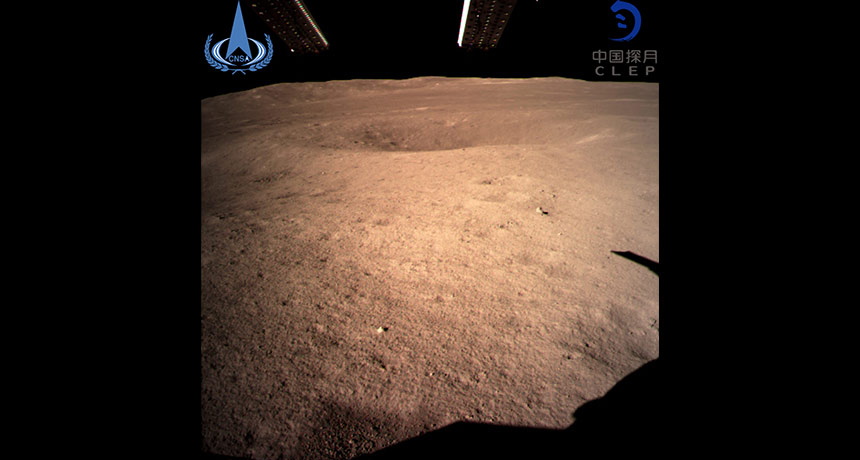Real numbers don’t cut it in the real world, this physicist argues

You would be forgiven for thinking that real numbers are, in fact, real — the word is right there in the name. But physicist Nicolas Gisin doesn’t think so.
He’s not questioning the mathematical concept of a real number. The term refers to a number that isn’t imaginary: It has no factor of i, the square root of negative one. Instead, Gisin, of the University of Geneva, debates the physical reality of real numbers: Do they appropriately represent nature? Physicists regularly use real numbers to describe the world: velocities, positions, temperatures, energies. But is that description really correct?
Gisin — known for his work on the foundations and applications of quantum mechanics — takes issue with real numbers that consist of a never-ending string of digits with no discernable pattern and that can’t be calculated by a computer. Such numbers (for example, 1.9801545341073… and so on) contain an infinite amount of information: You could imagine encoding in those digits the answers to every fathomable question in the English language — and more.
But to represent the world, real numbers shouldn’t contain unlimited information, Gisin says, because, “in a finite volume of space you will never have an infinite amount of information.”
Instead, Gisin argues March 19 on arXiv.org, only a certain number of digits of real numbers have physical meaning. After some number of digits, for example, the thousandth digit, or maybe even the billionth digit, their values are essentially random.
Most physicists don’t give much thought to philosophical puzzles like this one, but Gisin’s argument has big implications for the seemingly unrelated concept of free will. Standard classical physics, the branch of physics that governs the everyday, human-sized world, leaves no room for free will. Given the appropriate equations and the conditions of the world, classical physics says, everything can, in principle, be calculated, and therefore, predetermined.
But if the world is described by numbers that have randomness baked into them, as Gisin suggests, that would knock classical physics from its deterministic perch. That would mean that the behavior of the universe — and everything in it — can’t be predetermined, Gisin says. “There really is room for creativity.”








